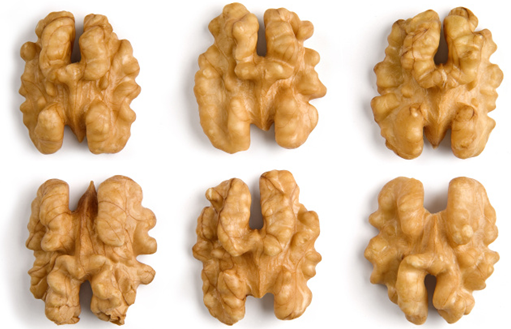ã€1】 Pathogenic bacteria Blackhead disease, also known as bacterial brown spot, is a type of pseudomonas and belongs to the class of Schizosaccharomyces, Schizosaccharomyces. The bacteria were rod-shaped and formed white colonies. Gram staining showed a negative reaction. [2] Disease symptoms Bacterial brown spot is a bacterial disease causing brown rot of the mushroom, which has a great impact on production. Bacteria generally infect only the surface tissues of fruiting bodies and do not go deep into the meat. In the early stages of fruit body infestation, small yellow or brown discolored areas appear on the surface of the cap, and later become dark brown pitting lesions. The lesions on the caps are round or oval or irregular, and the color is deepened. Adjacent to large patches of irregularities, light mushrooms turn yellow and dark mushrooms turn into sauces. In wet conditions, the surface of the lesion has a thin layer of bacilli, causing odors. When the spots are dry, the caps crack, forming asymmetrical fruit bodies. The shape of the mushroom does not change much and it does not cause rot. Flammulina spp. lesions are dark in appearance and dark brown in color. They are gray in the center when wet, and are partially sunken when the climate is dry. The lesions on the stipe are rhombic, brown, with roten, and are dark outside. In the case of severe disease, the lesions are connected together, including the entire stipe, so that the stipe is all brown, can not stand upright, there is mucus, and finally the whole mushroom becomes dark brown or even rot. The pathogenic bacteria mainly threaten the mushroom, oyster mushroom and mushroom. [3] Occurrence conditions The internal cause of the disease is non-disease-resistance of the disease. The external cause is high temperature, high humidity, or unclean water to bring the bacteria to the fruit body. For example, the surface of the cap has long-term water droplets or excessive humidity. It is extremely conducive to the occurrence of the disease, poor ventilation can aggravate the development of the disease, moderate temperature conditions for the disease. ã€4】 Control measures 2. When the materials are mixed, the mold must be diluted 1:1000 according to the ratio of 1:1000. The high-toxic, high-residue antifouling agents are not available to ensure the production effect. 3, mushroom cultivation culture materials should be thoroughly sterilized, mushroom and mushroom cultivation culture materials should be fully fermented, decomposed evenly, covering materials with formaldehyde fumigation can be. 4. Flammulina velutipes control mushrooming room temperature is below 15 to avoid mushrooming in high temperature and high humidity season, strengthen ventilation and heat dissipation at high temperature, mushroom temperature should not exceed 18, if the temperature suddenly rises, take cooling Measures, such as opening the window, removing the film, shading, etc., but pay attention to the mushroom house temperature fluctuations can not be too large to prevent condensation of water vapor, resulting in water film. 5, found that mushrooms should be selected in addition, and immediately increase the ventilation, pause or reduce the water spray, quickly reduce the temperature, and medication to control the degree of disease, such as the material can be sprayed 5% of the lime water solution can also be sprayed 100-200 units of streptomycin per ml or 300 units of oxytetracycline, or 500-1000 times of bleaching liquid, once every 2 days, before and after application of the mushroom bed for 1 day, interval 3-4 days again Medication, continuous use more than 3 times, can effectively control the spread of the disease. When the disease is severe, you should first remove the mushrooms, clean the material surface or cover the soil before spraying according to the above method. In addition, you can consult with the farmer's friends for other unclear matters in actual production. The related personnel of the edible fungus disinfectant factory in Suizhou City, Hubei Province, can provide you with all the above-mentioned pharmaceutical materials.
Chinese walnut
kernel
A walnut is the nut of any tree of the genus Juglans. Technically a walnut is the
seed of a drupe or drupaceous nut, and thus
not a true botanical nut. It is used for food after being processed while
green for pickled walnuts or after full ripening for its nutmeat. Nutmeat of
the eastern black walnut from the Juglans
nigra is less commercially available, as are butternut
nutmeats from Juglans
cinerea.
The walnut is nutrient-dense with protein and essential fatty acids.Our Chinese walnut is grown
in Xinjiang province of China. The
output of it increases 33.33% this year.
Chinese Walnut Kernel,Raw Walnuts,Walnut Kernel,Walnut Without Shell Ningxia Shun Yuan Tang Herbal Biotech Co., Ltd. , https://www.nxshunyuantang.com
1. Keep mushrooms field clean and hygienic, remove mushrooms and wastes in time; mushroom houses, bed frames, utensils, etc. must be thoroughly disinfected with 1:50 times of Venus disinfectant or 2% of bleaching powder before use, especially for primary diseases. Heavy mushroom shed.
